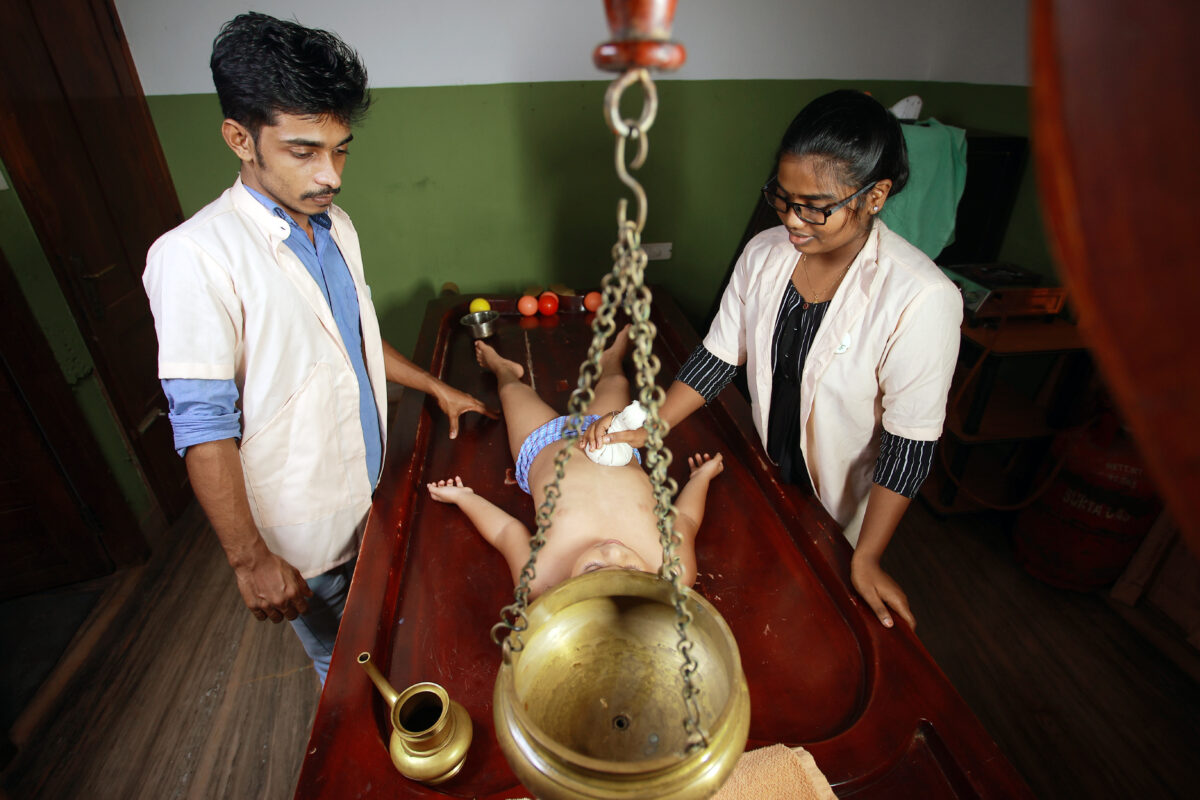Cerebral Palsy – Role of Ayurveda In Its Management
Cerebral palsy (CP) is a sickness that impacts frame motion, posture and balance. It is also referred to as mind paralysis. It is resulting from abnormal improvement or damage because of elements of the mind which manipulate muscle tone and motor motion. The impairments first seem early in existence, usually in infancy or early formative years. Infants are commonly sluggish to reach growth developmental milestones like rolling over, crawling, sitting, and on foot. Cerebral palsy causes difficulty even in standing still due to lack of muscle control and coordination. In more severe cases, the condition also affects the muscles that take part in vital body functions like breathing, bladder and bowel control. The severity of the condition depends on the extent of the damage to the brain.
With the help of Ayurvedic therapies, we can help you identify, assess, treat, manage, counsel, mentor and rehabilitate children. Ayurveda considers developmental disorders under Sahaja Vyadhis which are difficult to treat. CP comes under the group of diseases which are impossible to cure completely yet manageable. We need proper alignment of all the therapies and medicines needed with regular follow up. Mainstream procedures are keeping the body clean with proper digestion, absorption and nourishment along with strengthening of muscles. Innervation to regulate the functions of nerves is also an important part of treatment. Ayurvedic treatments include a special Panchakarma therapy program along with Abhyanga Swedam, Nasyam, Pichu, Shirodhara, Pizhichil, Njavara or Mamsakizhi, Vasti and herbal decoctions. The duration of therapy depends on the severity of the condition and requires repetitions to yield great benefit and long-term support for the affected child.
At Jeevaneeyam, we follow the Kottakal protocol for CP developed by Dr Dinesh KS, Head of the department of Kaumarabhruthya, Kottakal Ayurveda Medical college. It includes symptomatic management and conservative management.
- The protocol includes alternate administration of Snehana and Rukhsana for two or three weeks.
- Admitted treatment will be needed once every 6 months or one year.
- In CP, many treatment modalities are used from time to time according to the clinical manifestation and conditions.
- They include:
- Rukshana(drying up therapies)
- Snehana (Oleation therapies)
- Swedana (Sudation therapies)
- Sodhana (Purificatory procedures to clear metabolic wastes from the body)
- Brmhana(strengthening therapies)
- Rasayana(nourishing therapies)
- Medhya (therapies to enhance brain functions) and symptomatic treatment.

